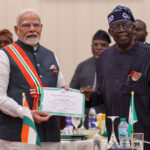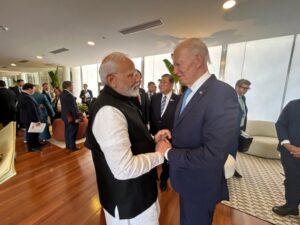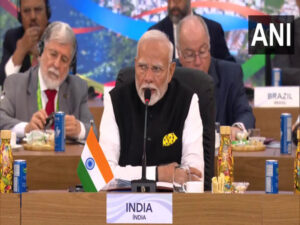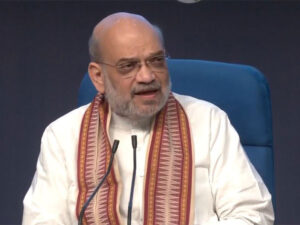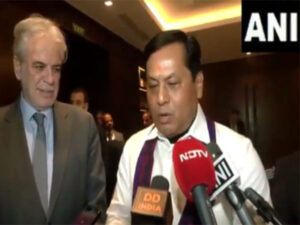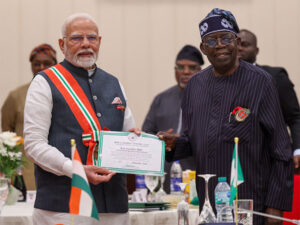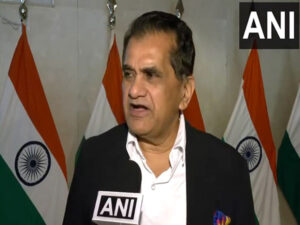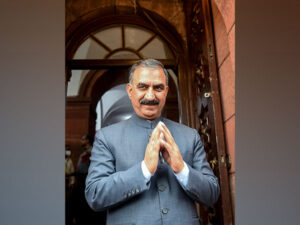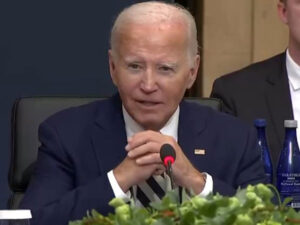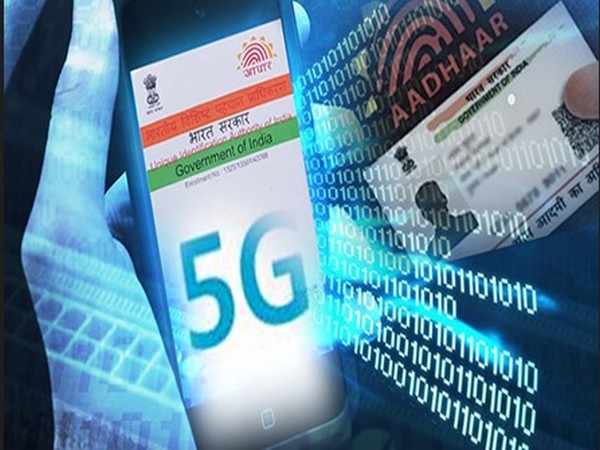
New Delhi [India], November 22 (ANI): Digital India is a force to be reckoned with. Whether it is through the efficient transfer of funds at the individual level or the massive distribution of government assistance to the most vulnerable, Digital India has virtually revolutionized many aspects of society. The global financial body, the International Monetary Fund, and the World Bank, both heaped praise on India’s ‘Direct Benefit Scheme‘ (DBT), which has been a seamless, transparent digital medium that has supported society’s most economically disadvantaged, especially during trying times in the face of the pandemic.
India’s DBT is being recognized as a model for other emerging economies for more effective targeting of beneficiaries of subsidy programs. How has India, a country with such a vast population been able to digitize so efficiently and successfully?
In 2009, the National Payments Corporation of India took over the ATM network in order to modernise retail payments and settlements. This milestone was followed by the biggest technological breakthrough in India’s digital journey, the establishment of the Unique Identification Authority of India or UIDAI.
India had previously faced many challenges with a significant portion of the population lacking any legitimate identification. The UIDAI created a biometric database of its population—based on a 12- digit digital identity known as AADHAR—verified by fingerprints and retina scans. “We have a financial digital stack, a health digital stack. And I think one of the most impressive digital stacks that we actually developed during Covid was the digital database that we developed for both vaccination and RT-PCR testing. So actually all this helped us to manage the pandemic very efficiently”, says Kiran Mazumdar-Shaw, Executive Chairperson, Biocon Ltd.
By 2022, over a billion AADHAR authentications were done by UIDAI. In 2021, UIDAI had claimed to have completed Aadhar identification of 99 per cent of Indian adults, a massive feat, considering India is home to nearly 17 per cent of the world’s population.
With the Aadhaar program in place, the government was able to implement the ambitious financial development policy, Pradhan Mantri Jan Dhan Yojana, with an aim to provide all households in India with a bank account. In just one year, 166 million people had opened accounts as part of the program.
Prior to the successful implementation of both programs, many millions of Indians were unable to open a bank account as they did not possess any ID…the AADHAR card solved that.
Now, government payments could be paid directly into bank accounts, and beneficiaries could easily access their money via debit cards or smartphones. Both these programs demonstrated the remarkable acceleration of conventional financial development in the country.
These groundbreaking developments fall under the umbrella of a unique cyber India stack system, the ambitious creation of a digital infrastructure to resolve issues in many areas including governance, businesses, start-ups, and many more.
The critical components of this digital infrastructure involve a consensual agreement to develop presence-less, paperless and cashless layers.
“Right now our banking, Aadhar or India’s stack technology on the digital public good is at the cutting edge. It is the best in the world. Transferring money from one account to another has never been so easy anywhere else in the world, including in China, including in the United States across political systems”, says Harsh Gupta Madhusudan, an investor, economist and author.
India’s digitisation of data enabled the country to fight the Covid pandemic without chaos; from contact tracing to organizing and implementing the vaccine drive.
The availability and access to bank accounts made it possible for the impoverished to receive aid efficiently and effectively and also enabled individuals and businesses to conduct transactions without the need for in-person interactions.
Because of these advances, Indians across the country –whether in the informal or formal economy—can safely transfer funds anywhere with just a few taps on their mobile phones.
The acceleration of digital payments, facilitated by the creation of this unique digital India stack, has been the key driver of the economic development in India, helping stabilise incomes in rural areas and boost sales in the informal sector.
India leads all other countries in terms of daily digital payment volume. Having become the trendsetter in many of the digital domains, India is expected to propose the creation of a robust digital architecture when it assumes the G-20 presidency.
The digital arm of ‘Brand India’ is poised for rapid expansion, increased investment and increasing respect and admiration on a global scale. (ANI)





